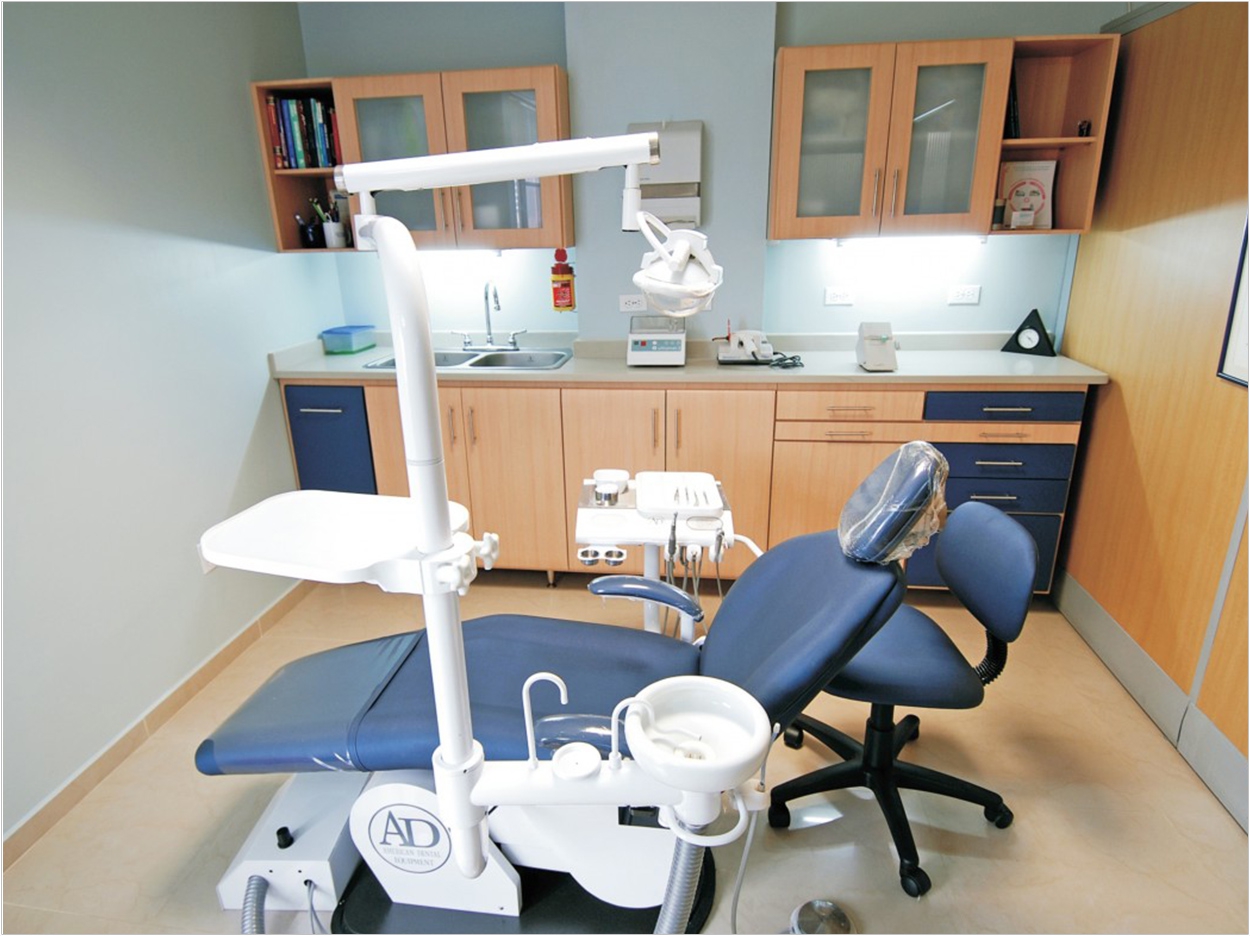
There are 6,486 dental care health professional shortage areas (HPSAs) in the United States and its territories, according to the Health Resources and Services Administration (HRSA). These areas cover a population of 59,941,090, the HRSA said, and only 29.28% of their needs are met. Also, the nation needs 10,716 more practitioners to remove these HSPA designations.
The primary factor in determining HPSA designations is the number of health professionals relative to the population with consideration of high need, the KFF said. Areas must have a population to provider ratio of at least 5,000 to 1, or 4,000 to 1 if there are unusually high needs in the community, to qualify as a dental care HPSA.
California leads the nation with 473 dental care HPSAs, requiring 247 practitioners to remove these designations. Missouri is second with 314 dental care HPSAs, requiring 373 practitioners. Texas, Alaska, and Florida follow with 302, 298, and 256 dental care HPSAs, respectively, requiring 431, 35, and 1,320 practitioners.
Delaware had the fewest dental care HPSAs with 10, requiring 50 practitioners to remove the designations. Washington, DC, Vermont, Rhode Island, and New Hampshire preceded Delaware at the bottom of the list with 12, 14, 14, and 22 dental care HPSAs each, requiring 21, two, 23, and five practitioners to remove their designations, respectively.
Related Articles
The East Coast’s First Dental Therapist to Begin Practicing in Maine
Children’s Oral Health Institute Wins National Impact Award
American Indian Dentist Recruitment Program Wins $50,000 Grant












